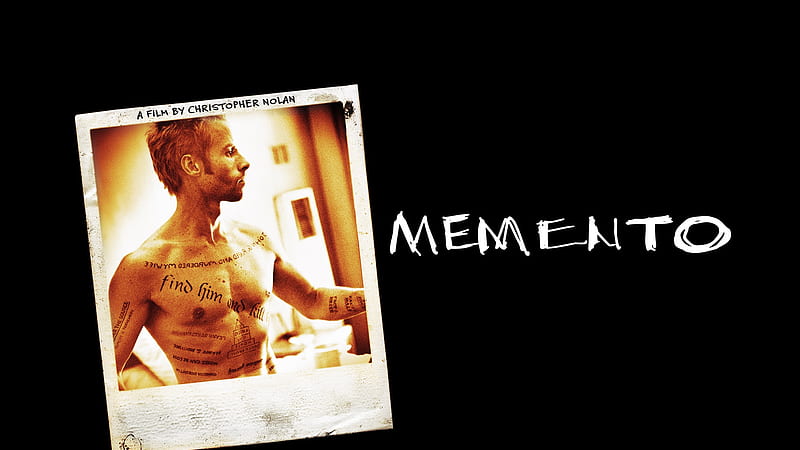Abbas Kiarostami’s 1987 film “Where Is My Friend’s House?” (Khane-ye Doust Kodjast?) marks the inception of the Koker Trilogy. Set in Iran’s Koker region, the film revolves around the efforts of the main character, Ahmed (Babak Ahmad Poor), as he tries to deliver a notebook he mistakenly took to his friend, Mohamed Reda Nematzadeh (Ahmed Ahmad Poor). Through Ahmed’s journey shuttling between two regions, the film subtly conveys Iranian culture and the perspective of a child amidst the village atmosphere with remarkable simplicity.
The film initiates its narrative within a classroom, laying the foundation for the unfolding story. Following a classroom scene where Mohamed Reda receives a warning for not writing his assignment in the notebook, Ahmed is later seen to have inadvertently taken Mohamed Reda’s notebook. Despite the treatment he receives from those around him, Ahmed maintains his sense of responsibility towards delivering the notebook to its rightful owner. Kiarostami masterfully intertwines this seemingly ordinary incident with societal dynamics, portraying various sociological realities. Through Kiarostami’s familiar simplicity and minimalist storytelling, viewers witness multiple societal truths through the eyes of a child.
Note: The following contains spoilers.
The Journey of Responsibility
Ahmed’s sense of responsibility towards his friend drives him to navigate through adults who fail to comprehend him. When he first realizes the mistake that would shape the course of the film, he momentarily pauses, seeking a solution. Despite attempting various ways to explain the situation to his mother without success, he clandestinely sets off on his journey. The path between the two villages gradually becomes familiar to the audience. Amidst open skies, broken stairs, and winding paths, Ahmed rushes with the notebook tucked under his arm. Adults, preoccupied with their own tasks—sitting in cafes, doing laundry, watering flowers—remain oblivious to the child’s repeated attempts to seek help.
For Ahmed, the essence of the day lies in preventing his friend from being expelled from school. He runs as much as he needs to and never gives up until the last moment. The sense of responsibility embodied by a young child, despite unconscious hindrances from those around him, ultimately prevails in achieving his goal, reminding viewers of the difficulty of persisting in goodness.
While Ahmed strives not to put his friend in a difficult situation, it’s evident that the adults around him fail to listen to the child. Rather than focusing on children’s thoughts, emphasis lies on their proper upbringing and the future benefit they’ll offer society. Ahmed’s grandfather views unquestioning compliance as a sign of respect, emphasizing the need for every word spoken by adults to be accepted without question. In such a scenario, where the child’s concern is not acknowledged, the child must forge their own path.
“When I was a kid my dad would give me a penny every week and a beating every other week. He might sometimes forget my pocket money but he’d never forgot to give me a beating so that I’d be brought up properly.” -Kiarostami
Societal Expectations and Childhood Realities
The analogy between discipline and violence is explicitly conveyed through Ahmed’s grandfather’s childhood story. The culture leans towards raising children not for themselves but as beneficial members of their societies. In connection, despite Ahmed repeatedly explaining the situation to his mother regarding taking the notebook, her stern reaction reflects a lack of attention towards the child, paralleling the societal focus on personal responsibility rather than community contribution.

The film also touches upon the societal issue of children being engaged in daily chores before education. The reality where many children couldn’t study due to the necessity of assisting their families is subtly depicted. The society, driven by both survival concerns and cultural dynamics, prioritizes actions taken to get through the day rather than education. Even when the teacher insists that education should take precedence for a student unable to complete their homework due to aiding their family, it’s mentioned as an observation from an outsider’s perspective. The classrooms solely comprise boys, utilized for tasks like filling their younger siblings’ bottles, carrying milk, or running errands. The primary rule for children to become proper adults is the benefit they bring to their community.
Intergenerational Connections
As the film nears its end, Ahmed encounters an elderly carpenter who is the only adult to listen to and assist the child without disregarding him. The elderly man, attempting to reach out to the child with measured steps, laments dismantling the doors he made in the past with a sense of delight at finding someone willing to listen. Ahmed quietly listens to the elderly man. The common ground where these two individuals from different phases of life converge might be their shared inability to find someone who listens to them. While traversing a path that might end in disappointment, they become brief confidants for a few minutes. Unaware of leading the child astray, the elderly man returns home, while Ahmed, despite not achieving his goal, manages to devise a different solution.
READ MORE: 10 Signature Elements of Abbas Kiarostami’s Filmmaking Style!
In summary, “Where Is My Friend’s House?” intricately weaves a poignant narrative exploring societal norms, the weight of responsibility on a child’s shoulders, and the stark realities of a culture where personal obligations often overshadow communal contributions. Abbas Kiarostami crafts a compelling story that speaks volumes through its simplicity, leaving viewers with a profound reflection on societal values and the resilience of innocence amidst an adult world.
abbas kiarostami drama family movies reviews where Is My Friend's House
Last modified: December 17, 2023





















